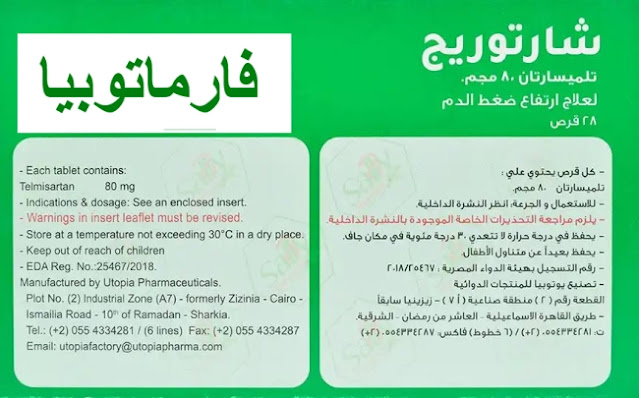Unveiling the Healing Potency of Liometacen: Your Comprehensive Guide
Liometacen, a powerful preparation with marked analgesic activity, serves as an invaluable solution for addressing acute painful episodes during inflammatory musculoskeletal disorders. This guide aims to demystify the complexities of Liometacen, offering insights into its components, indications, suggested doses, precautions, and additional information for enhanced user understanding.
Component Benefits
Meglumin Indomethacinate
Water-Soluble Formulation: Liometacen is a water-soluble indomethacin salt, ensuring that the aqueous solution has a pH close to that of tissues, allowing safe intramuscular injection without the risk of precipitation.
Rapid Intervention: The hydrolysis of the salt in circulation releases indomethacin, enabling Liometacen to rapidly intervene in acute painful episodes.
Indications for Use
Liometacen is indicated for the symptomatic treatment of acute painful episodes during inflammatory musculoskeletal disorders. It is administered exclusively by intramuscular route, with intravenous use strictly reserved for hospital settings.
Dealing with Side Effects
Common Side Effects
Gastrointestinal Tract:
- No reported cases of gastrointestinal hemorrhage, ulceration, perforation, or stenosis with Liometacen.
- Occasional nausea, vomiting, and diarrhea have been reported.
Eye:
- Prolonged treatment may lead to sight disturbances, deposits on the cornea, and retinal disturbances.
- Regular ophthalmic examinations are recommended for subjects receiving long-term treatment.
Liver:
- Rare reports of hepatitis with jaundice, and exceptional fatal cases have been reported.
Blood:
- Isolated descriptions of aplastic or hemolytic anemia, agranulocytosis, leukopenia, and thrombocytopenic purpura.
Nervous System:
- Psychic disturbances, confusion, severe and persistent headaches, vertigo, stunning, hearing disorders, and buzzing.
Allergic Reactions:
- Rashes, urticaria, angioedema, purpura, dyspnea, and asthma.
Other Effects:
- Oedema, hypertension, hematuria, hyperglycemia, glycosuria, epistaxis, vaginal hemorrhages.
Suggested Doses
The recommended dose is 1-2 ampoules of Liometacen per day by intramuscular route, administered for a sufficient period to achieve the therapeutic effect or as directed by the physician. In case of intravenous injection, exclusive to hospital use, it is advisable to dilute the contents of 1 ampoule in 250 ml of saline or glucose solution and administer intravenously through a drip perfusion set.
Precautions
Liometacen interferes with prostaglandin synthesis, necessitating caution in conditions like renal hypoperfusion, renal diseases, cardiac insufficiency, cirrhosis of the liver, or severe hepatitis.
Administration shortly before delivery can delay birth, causing hemodynamic alterations in the neonate's pulmonary circulation.
Potential bronchospasm attacks and allergic reactions in asthmatic and sensitive subjects may occur due to interaction with arachidonic acid metabolism.
Regular monitoring is advised for gastrointestinal, ocular, and nervous adverse reactions. Treatment interruption is recommended in case of hemorrhage.
Additional Information
Liometacen is not a simple analgesic and should be used under strict medical supervision. Once the acute painful episode has passed, transitioning to non-parenteral preparations is advisable to minimize severe reactions.
Conclusion
In conclusion, Liometacen stands as a valuable ally in the management of acute painful episodes during inflammatory musculoskeletal disorders. Understanding its components, indications, doses, precautions, and potential side effects empowers individuals to navigate its usage safely. For personalized guidance, consulting with a healthcare professional is paramount.
About the Author
Dr. Ahmad Baker, PharmD
He is a senior pharmacist and health educator with extensive experience in the Middle East and North Africa region. Through his writing, Dr. Ahmad aims to empower communities by providing reliable, evidence-based health information. With expertise in clinical pharmacy and regulatory affairs, he strives to offer unique insights into healthcare and simplify complex medical concepts, making them accessible to everyone.
Legal Disclaimer
The information provided in this blog is for educational purposes only and is not a substitute for professional medical advice. We do not guarantee the accuracy or completeness of information regarding medications or medical products, and official sources should be verified before making any decisions. By using this blog, you agree to assume personal responsibility for relying on the information provided.

Comments
Post a Comment